Perfect Pitch: The Art of Selling Ideas and Winning New Business (Adweek Books)
£19.80£24.70 (-20%)
A professional “pitching coach” for one of the world’s largest marketing conglomerates, Jon Steel shares his secrets and explains how you can create presentations and pitches that win hearts, minds, and new business. He identifies the dos and don’ts and uses real-world examples to prove his points. If you make pitches for new business, this is the perfect book for you.
Read more
Additional information
| Publisher | 1st edition (8 Dec. 2006), Wiley |
|---|---|
| Language | English |
| Hardcover | 262 pages |
| ISBN-10 | 0471789763 |
| ISBN-13 | 978-0471789765 |
| Dimensions | 15.75 x 3.3 x 23.11 cm |



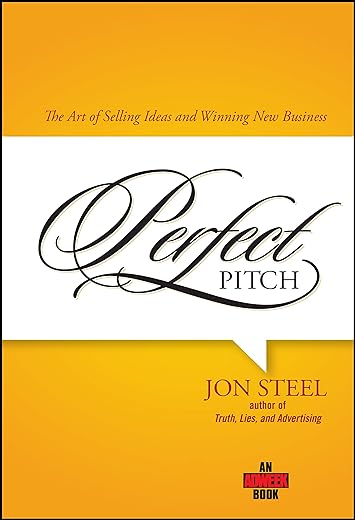
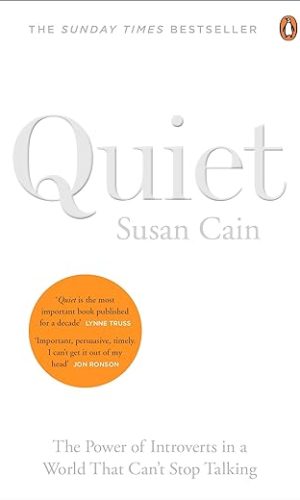
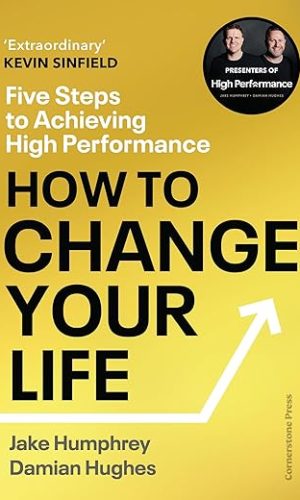

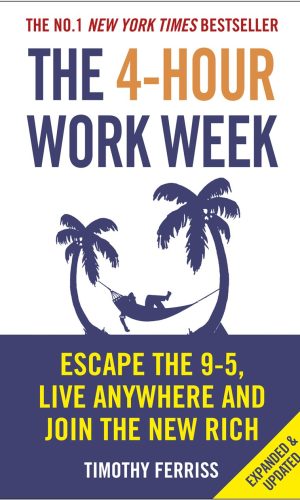

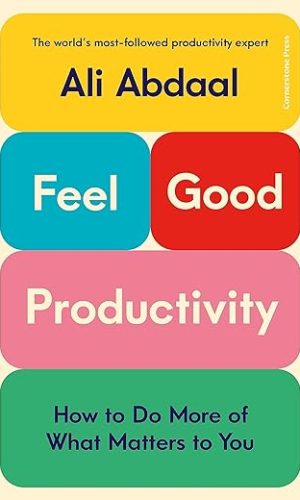

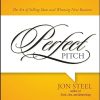
by Jayme Kopke
I bought this book because I saw it recommended by Steve Harrison in How to Do Better Creative Work. Steve’s recommendation carries a lot of weight to me. It also helped that I already knew Jon Steel’s Truth, Lies and Advertising, and learned a lot from it.
I must say the book doesn’t keep all of its promises. It is presented as a guide for preparing any kind of business pitch. I don’t think reading it will be harmful if you typically pitch, say, small construction contracts with local companies, but I doubt it will be immensely useful in that case. If, however, you work in advertising, as I do, you should definitely buy it.
As one of the book’s main strengths is the author’s skill in illustrating his points with great stories, most of them coming from his experience in some of the best ad agencies in the world, reading them is totally worthwhile if you belong to the same universe. The very process of planning and creating the campaigns is described here with much more depth than it would be necessary if the real subject was “the perfect pitch” in general – for any business, not only advertising.
Also, it may be frustrating for the average reader that all the examples suppose a wealth of resources in preparing the pitch that most individuals or companies can’t even dream of. Having your whole company working on a pitch for months, shooting lots of videos or creating a hollywood-style setting in a hotel room is something you can afford if you are aiming for an automaker’s global advertising, but not in many other cases.
That said, I’m not complaining. This is a great book and I recommend it. I just think it won’t be as interesting for people outside advertising as it is for me.
by Dawn Sillett
As well as providing practical techniques to help everyone deliver great presentations, this is also a cracking read (even though we know the ending). Engaging, inspiring, brilliant and laugh-out-loud funny are just some of the praises to heap on Jon’s book. If more people adopt the approach he provides, we may be spared `death by Powerpoint’ and badly thought-through presentations. The book begins with the O.J Simpson trial, forcefully making the point about understanding the audience. Illustrated with often hilarious stories from a highly-successful ad industry career in the UK and USA, we are guided step-by-step through the process of figuring out who exactly we’re pitching to and therefore what we’ll say and how we’ll say it. How to field questions, what to leave behind and how follow up on the pitch are also covered. There are some wonderful `how not to do it’ anecdotes as well as plenty of `how we won’ show-stoppers, such as the pitch for Sega where every employee got involved. The book culminates in a riveting account of London’s successful bid for the 2010 Olympics. It’s a recommended read on all the workshops I run about presentation skills and presenting creative work.
by Gurminder
This is a very good book. As relevant today as it was when it first came out five years ago. In fact, having read it, I’m actually gutted I didn’t buy it when it was first released. In my opinion, it’s a book that’s going to be relevant for a long time. If I could only get one point across in this review, it’s that everyone should read it; because despite its title, this book isn’t just about pitching for new business. It’s about pitching anything – a new idea to your manager; yourself at an interview; a presentation at a conference. Whatever industry you’re in, whatever size company you work for (and whatever role you have), or if you’re self-employed, there is something in this book for you.
Broadly, it covers:
*Why presentations fail
*Why to focus on just one point
*Planning
*How to be more creative and more productive
*Psychology (but in an easy/non-academic way)
*How to avoid ruining a great idea (and examples of how great ideas have been ruined in presentations).
*Teamwork and responsibility
*How to leave your audience wanting more
*The perfect pitch – an analysis of the London 2012 Olympic bid
The author writes with a refreshing style – almost as if you’re having a chat with him in the pub. There is no jargon or convoluted sentences (a hallmark of similar books) – this is as straight-forward as a book can get. Many authors of this genre over-complicate the topic they discuss and their books tend to be padded with unnecessary waffle and end up reading like an academic paper. Rest assured, this book is not like that. In fact, it’s nice to see someone actively having a pop at the corporate buzzword bingo that seems to inflict our workplaces and who can cover the psychology aspect of pitching in plain English.
Steel uses examples many of us know and/or can relate to in addition to his personal experiences to illustrate each and every point he makes – from the time he met Steve Jobs; Bill Clinton’s presidency campaign; Winston Churchill; to the infamous OJ Simpson trial. If you’re worried that this is another ad man with a huge ego who will simply go on about all the great meetings and people he’s met to show off, then you needn’t be. Each point is made succinctly and you’ll be nodding your head in agreement as you go through the book – Steel has a wonderful knack of using famous examples to get across everyday business situations – but in a way that makes you either think “Yes, I’ve been there/seen that before” when things haven’t gone well, or “Now I know how to be more successful when I pitch”.
Each point is only made once, there is very little (if any) repetition and it’s nice to read a book without having to learn 20 new “guidelines/tools/laws/rules” at the end of each chapter. My only criticism would be that in some places the book does go on a bit longer than necessary (I felt the chapter on team presentations was certainly dry and seem padded out), but this was made up for by an excellent final chapter on the London 2012 Olympic presentation.
All in all, an excellent book and one that I will refer to time again. Highly recommended.